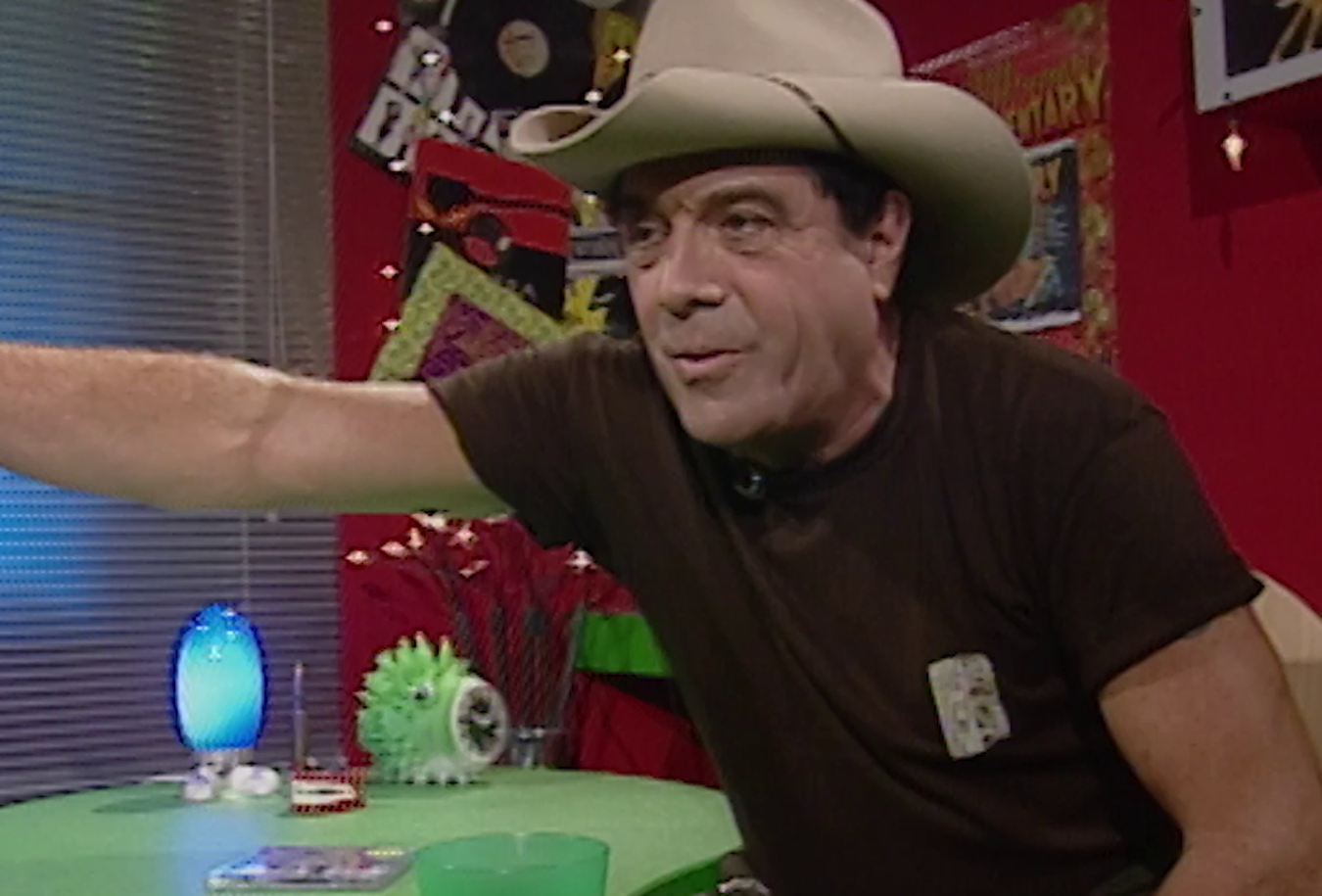
Camp-Berlei Foundation Garments - modelling fashion
Fashionable garments are modelled displaying a range of designers clothes include a dress by couturier Melnotte Simonin; a hand-embroidered coat with fur trim by designer Jacques Heim, a painted velvet georgette fabric again by Melnotte Simonin; a broad cloth by Bernard; an art-deco inspired headpiece by Le Mennier; and a dress with net and accompanying feathers by Jenny.
Summary by Poppy de Souza.
These luscious garments modelled here in designs from the fashion houses of the 1920s show the trend for low waists, slender lines, fur trimmings, gorgeous coats and art deco inspired headpieces.
Camp-Berlei Foundation Garments: Physiological Support synopsis
This tinted cinema advertisement for Camp-Berlei foundation garments includes mannequins and live models wearing a range of dresses, coats and hats by various fashion designers. They are all underpinned by the ‘basis for all frocking’ – Berlei foundation garments.
Camp-Berlei Foundation Garments: Physiological Support curator's notes
According to Berlei’s own advertising slogan of the past – their products are ‘the foundation upon which fashion rests’. In this advertisement we see both the fashions and the foundations in a tinted advertisement running over six minutes in length.
Berlei foundation garments have a history dating back to 1912 when Fred Burley founded Unique Corsets Limited with his brother Arthur. Berlei grew from a small store in Market Street Sydney where it offered ‘made to order’ corsets for discerning clientele. In 1919, Berlei Limited was born and since then the company expanded its product line into the United Kingdom and New Zealand. Today Berlei remains one of the most recognisable names in the manufacture and design of lingerie and underwear in Australia.
At the end of this advertisement, a title card explains that the fashions worn in the ad, along with the Berlei foundation garments modelled, could be viewed in 1927 on ‘living models’ by anyone interested at Berlei House which was then located in Regent Street, Sydney.
Notes by Poppy de Souza.
Education notes
This tinted silent clip dating from the 1920s is part of a film promoting Camp-Berlei foundation garments. It opens with models posing in high-fashion garments and reveals some of the hairstyles, accessories and fashion trends of the time. Each model and outfit is introduced by an intertitle that supplies information on the fabrics and the couturier. The models adopt a pose, then slowly turn and in some cases reveal a feature of the garment. Sometimes the model is shown in the centre or to the side of the screen with a scene or border framing her.
Educational value points
- Various film techniques, such as film tinting and framing, have been used to present fashion in an appealing way. The process of dyeing the emulsion or the film base to give the image a uniform colour was popular in the 1920s and in this clip the choice of the warm umber colour was no doubt designed to complement the fashions depicted. A vignetting technique has also been used to provide a frame around the model and to add visual interest.
- The influence of the decorative art deco style upon fashion is seen in the clip. The Heim coat’s geometric pattern and the headpiece by Monnier both show its influence. In the 1920s, art deco was seen as elegant and ultra modern in contrast to the more florid style of art nouveau it supplanted. Its influence was seen in architecture, interior design, industrial design and the visual arts as well as fashion, and its popularity continued until the Second World War.
- The clip provides an example of a style of fashion advertising in the 1920s that shows models displaying clothes somewhat differently from today’s models. The static, theatrical poses of the models in the clip contrast with the more fluid and somewhat more animated poses of contemporary models. The models’ expressions are demure and passive.
- Paris was the centre of haute couture in the 1920s and its influence upon Australian fashion is shown in this film clip. Outfits by French couturiers Melnotte Simonin, Le Monnier and Jacques Heim are displayed.
- As elsewhere in the Western world in the 1920s, women enjoyed a degree of social and sexual freedom unknown to earlier generations. They cut their hair short in a 'bob’ or 'shingle’ and often wore a cloche hat, as shown in this clip. They wore shorter and shorter dresses made from new fabrics, replaced their cotton stockings with silk ones and discarded their long bloomers for short 'scanties’.
- The glamorous formal wear garments modelled in this clip contain design elements influenced by 1920s social trends. Less constrained fashions reflect the newfound freedom that women experienced during and after the First World War. Although the haute-couture dresses worn in this clip could only be afforded by the rich, the low-waisted designs would have been easy to copy and therefore accessible to a broader cross-section of women.
- The film was made in the 1920s for one of Australia’s earliest international manufacturing companies. The company was founded in 1910 as Unique Corsets Ltd by Fred Burley (1885–1954), who changed the name of the company to Berlei Ltd after the company established its reputation in Australia. The 1920s saw Berlei expand overseas with Berlei NZ founded in 1923 and Berlei Ltd (UK) in 1930.
Notes provided by The Learning Federation.
The National Film and Sound Archive of Australia acknowledges Australia’s Aboriginal and Torres Strait Islander peoples as the Traditional Custodians of the land on which we work and live and gives respect to their Elders both past and present.


